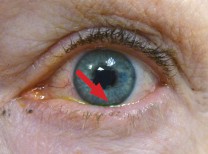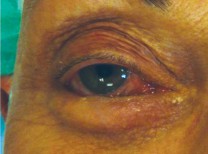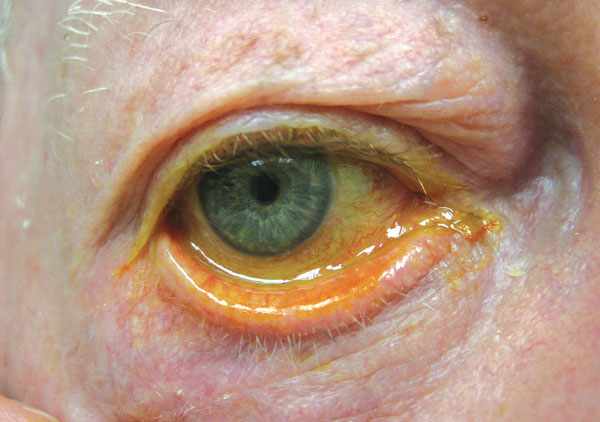
Local lab testing helps monitor regional infections.
Microbial keratitis, corneal ulcers, conjunctivitis and uveitis are all part of the day-to-day clinical presentations for eye doctors. Medications are often prescribed to combat these conditions; however, we are seeing more and more resistance to commonly used drugs.
There is an ongoing study called the ARMOR (Antibiotic Resistance Monitoring in Ocular Microorganisms) Surveillance Study designed to help monitor bacterial resistance among eye infections. It is the only multi-center, national survey of antibiotic resistance patterns among bacteria specific to eye care.
To determine this, isolates (infectious material) from 34 institutions across the United States are submitted to a central laboratory for testing. The isolates are then tested for resistance to readily available antibiotic agents.
To show how critical this can be for eye doctors, here are some of the results from the most recently released data. The survey included results of Streptococcus pneumonia, Staphylococcus aureus, Coagulase-negative Staphylococci (CoNS), Pseudomonas aeruginosa and Heamophilus influenzae.
- 1 in 2 Streptococcus pneumonia isolates were resistant to penicillin
- 2 in 5 Streptococcus pneumonia isolates were resistant to azithromycin
- Pseudomonas isolates are now resistant to polymyxin B, ciprofloxacin and imipenen
- Multi drug resistance among CoNS and methicillin-resistant CoNS increased in 2014 and Staphylococcus aureus and methicillin-resistant Staphylococcus aureus (MRSA) decreased
Locally from Eisenhower Medical Center microbiology lab we find these examples:
- Pseudomonas resistant to ampicillin, cefazolin and 97% resistance to gentamicin
- Staphylococcus aureus (MRSA) resistant to penicillin, cefazolin, erythromycin and tetracycline
To avoid improper treatment, more doctors are turning to fortified antibiotics, obtaining isolates in office and sending them to laboratories for culturing. In our office the most common cause of ulcer (not necessarily microbial keratitis) is contact lens wear. Physicians also have access to local antibiograms, periodic summaries of antimicrobial susceptibilities of local bacterial isolates submitted to the hospitals’ clinical microbiology laboratories. These help give an understanding of what resistance may be available in the patient population in their local community.
To ensure you are treated with an effective antibiotic, seek care as soon as possible for eye-related infections. Make sure to reduce your risk by following good contact lens hygiene practices, as poor practice is the biggest contributing factor for corneal ulcers. If the doctor prescribes an expensive medication such as a fortified antibiotic or a fourth generation fluoroquinolone, don’t automatically ask for a generic. The doctor may have a good reason to prescribe this antibiotic and the risk of resistance is probably helping to drive that decision.
Dr. Evans is the founding owner of Evans Eye Care in Palm Desert and can be reached at (760) 674.8806 or online at www.evanseyecare.com.
Source: Asbell PA, et al. Antibiotic Resistance Among Ocular Pathogens – Results from the ARMOR Surveillance Study 2013-Present; presented at Association for Research in Vision and Ophthalmology meeting May 3, 2015; Denver CO
















































Comments (0)